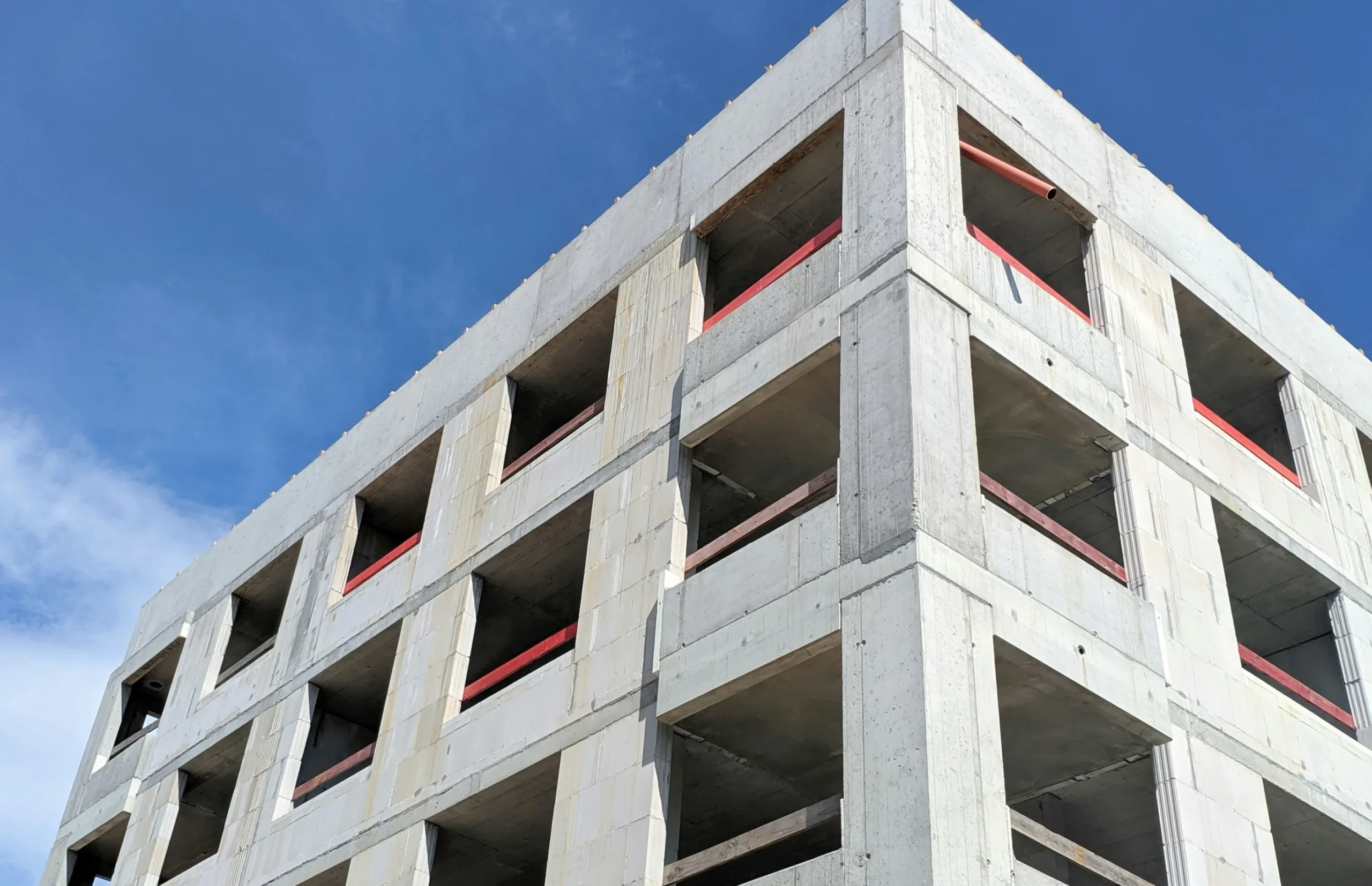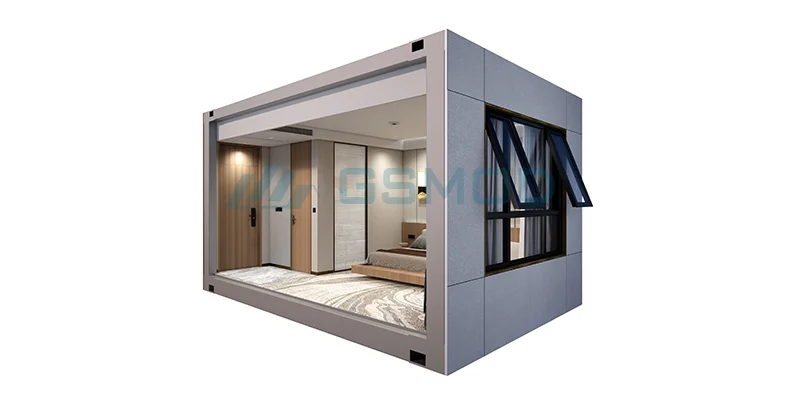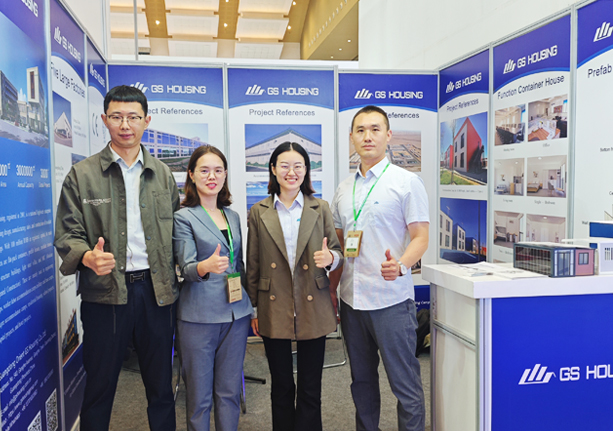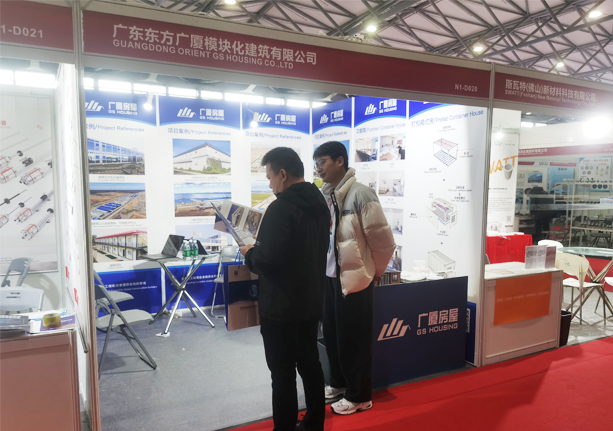¿Qué es un Flat Pack House? Una guía completa para compradores ecológicos
¿Qué es un Flat Pack House? Una guía completa para compradores ecológicos
A medida que la población urbana aumenta y la sostenibilidad se convierte en un imperativo global, las casas planas han surgido como una solución innovadora para una vida asequible y respetuosa con el medio ambiente. Estas casas están revolucionando la industria de la construcción al combinar eficiencia modular, despliegue rápido y impacto ambiental reducido. Para desarrolladores, compradores de viviendas y formuladores de políticas enfocados en la sostenibilidad, las casas planas no solo ofrecen ahorros de costos, sino un camino hacia un futuro más verde.

Orígenes y Evolución de las casas planas
Las casas de paquete plano, también conocidas como casas de kit o casas modulares panelizadas, se remontan a principios del siglo XX con casas de kit Sears en los Estados Unidos. A lo largo de las décadas, los avances en la automatización, la ingeniería y la ciencia de los materiales han impulsado este concepto a la corriente principal.
Las modernas casas planas ahora incorporan software de diseño avanzado, fabricación de precisión y materiales sostenibles. Fabricantes como GS Vivienda están a la vanguardia, entregan hogares de alto rendimiento de forma más rápida y eficiente que nunca.
Cómo se construye una casa plana
Precisión impulsada por fábrica
Las casas de paquete plano comienzan su viaje en un entorno de fábrica. Utilizando líneas de producción automatizadas de última generación, los fabricantes precortan y ensamblan componentes estructurales como paredes, pisos, techos y sistemas integrados. Esto garantiza una precisión a nivel milimétrico y una calidad consistente en cada unidad.
La tecnología MIC de GS Housing permite completar hasta el 90% de los trabajos de construcción fuera del sitio, incluidos el marco estructural, los sistemas de HVAC y el acabado interior, lo que reduce en gran medida las demandas de mano de obra en el sitio y el error humano.
Transporte simplificado
Una vez que los componentes son comprobados de calidad, se empaquetan en forma plana, apilados ordenadamente y transportados al sitio de construcción. Los formatos de paquete plano maximizan el espacio de los contenedores, minimizan los costos de flete y garantizan una entrega rápida incluso a ubicaciones remotas.
Asamblea rápida en el sitio
En el destino, la casa se monta como un rompecabezas de alta precisión. El trabajo de fundación es mínimo y pre-sincronizado con la entrega de componentes. Una estructura típica de paquete plano se puede erigir en pocos días, de 1 a 2 días por nivel en muchos casos, con acabados interiores y exteriores completados rápidamente después.

Beneficios Ecológicos para Compradores Pensados en la Sostenibilidad
Reducción de residuos
En la construcción tradicional, hasta el 30% de los materiales terminan como residuos. Las casas planas eliminan gran parte de esto a través de materiales pre-diseñados, un estricto control de calidad y una logística justo a tiempo. GS Housing informa tasas de reducción de residuos del 70-90% en sus líneas de producción modulares.
Eficiencia energética
Las casas construidas en fábrica permiten un mejor aislamiento, sellado hermético y integración consistente de materiales ecológicos. Las casas de GS Housing cumplen y superan los parámetros de rendimiento energético al incorporar principios de diseño pasivo, aislamiento de alta eficiencia y diseños integrados listos para la energía solar.
Materiales y actividades sostenibles Reutilización
GS Housing hace hincapié en el uso de marcos de acero reciclables, madera de ingeniería y acabados interiores bajos en COV. Sus sistemas modulares también son reutilizables, perfectos para instalaciones temporales como escuelas, dormitorios o viviendas de emergencia. Una vez desmontados, los módulos se pueden reubicar, reutilizar o actualizar con una interrupción ambiental mínima.
Capacidades fuera de la red
Las casas de paquete plano se pueden adaptar para vivir fuera de la red mediante la inclusión de paneles solares, sistemas de reciclaje de agua gris y controles ambientales inteligentes. GS Housing ofrece tales configuraciones para satisfacer las necesidades de vivienda rural, socorro en casos de desastre o proyectos de turismo sostenible, especialmente en zonas remotas o con infraestructura limitada.
Ventajas clave & Consideraciones
Los beneficios
- Velocidad: Los tiempos de construcción se reducen en un 30-70% en comparación con la construcción tradicional.
- Eficiencia en costes: Menos mano de obra, mínimos retrasos meteorológicos y cronogramas predecibles contribuyen a ahorrar entre un 10% y un 25%.
- Flexibilidad de diseño: Desde casas compactas de un solo nivel hasta escuelas modulares de dos pisos, GSofrece diseños a medida y opciones de personalización.
- Control de calidad: la automatización de la fábrica garantiza una integridad estructural consistente y reduce las tasas de reelaboración del 12% a menos del 3%.
Desafíos potenciales
- Límites de personalización: Algunos diseños pueden estar limitados por las dimensiones de transporte o restricciones de prefabricación.
- Permitir & Los códigos locales de construcción deben revisarse con antelación, particularmente para unidades fabricadas fuera del sitio.
- Acceso al sitio: las carreteras estrechas o el terreno desigual pueden complicar la entrega de módulos, aunque las unidades de paquete plano son típicamente más fáciles de maniobrar que las vainas modulares de tamaño completo.
mundo real Estudios de casos
Proyecto NEOM, Arabia Saudita
GS Housing suministró más de 4.400 unidades de contenedores de paquetes planos a La futurista ciudad NEOM de Arabia SauditaConstruido parcialmente por GS HOUSING, este desarrollo cuenta con instalaciones completas que incluyen hoteles, apartamentos, tiendas minoristas, duchas, baños y salas de oración, todo meticulosamente diseñado para alinearse con los requisitos del estilo de vida y las tradiciones culturales del pueblo saudí.
Instalaciones educativas en Shenzhen
Eco-alojamiento modular en parques turísticos
GS Vivienda personalizable La serie de cabinas triángulo ha redefinido el glamping en lugares pintorescos chinos. Construidas con acero reciclado y aislamiento de alta eficiencia, estas estructuras ofrecen comodidad moderna mientras se mezclan con paisajes naturales, cumpliendo con estándares visuales y ecológicos.
Consejos para compradores ecológicamente conscientes
- Elija fabricantes certificados como GSHousing con experiencia modular probada y credenciales de sostenibilidad.
- Asegúrese de que su diseño esté previamente aprobado por las autoridades locales para evitar retrasos en el permiso.
- Considere complementos renovables como la integración solar y la reutilización del agua gris desde el principio.
- Revise la logística con antelación: los sistemas de paquete plano son compactos, pero los sitios todavía deben ser accesibles por transporte estándar.
Conclusión
Las casas planas ya no son solo una alternativa, son un componente esencial de la construcción futura. Para los compradores, inversores y planificadores urbanos con una mente ecológica, ofrecen una rara intersección de asequibilidad, sostenibilidad y velocidad. GS Housing es una prueba de cómo la innovación modular puede resolver los desafíos globales de la vivienda mientras cumple con los más altos estándares ambientales y de diseño.
Preguntas frecuentes
Q1: ¿Cuánto tiempo tarda en montar una casa plana en el sitio?
La mayoría de las casas de paquete plano se pueden montar en 1-3 semanas, dependiendo del tamaño y las condiciones locales. Las unidades de GS Housing a menudo completan la instalación en tan solo 2 días por nivel.
Q2: ¿Se pueden usar casas planas para vivir permanentemente?
- Sí. - Sí. Con las bases adecuadas y el cumplimiento del código, las casas de paquete plano cumplen con todos los estándares de seguridad y durabilidad para uso permanente.
Q3: ¿Son las casas planas adecuadas para climas extremos?
Por supuesto. Los sistemas modulares de GS Housing incluyen aislamiento, ventanas de doble acristalamiento y configuraciones HVAC personalizables, lo que los hace adaptables desde desiertos áridos hasta tierras altas frías.
Anterior:¿Vale la pena las oficinas portátiles? (Pros, Contras y Alternativas)
Siguiente:Cómo optimizar los gastos en la construcción de una casa prefabricada
Contenido relacionado
-
 Noticias de la empresaGS Housing se presenta con éxito en la feria internacional de minería de Indonesia
Noticias de la empresaGS Housing se presenta con éxito en la feria internacional de minería de Indonesia -
 Noticias de la empresaGS HOUSING entrega 200 casas modulares en 3 días
Noticias de la empresaGS HOUSING entrega 200 casas modulares en 3 días -


